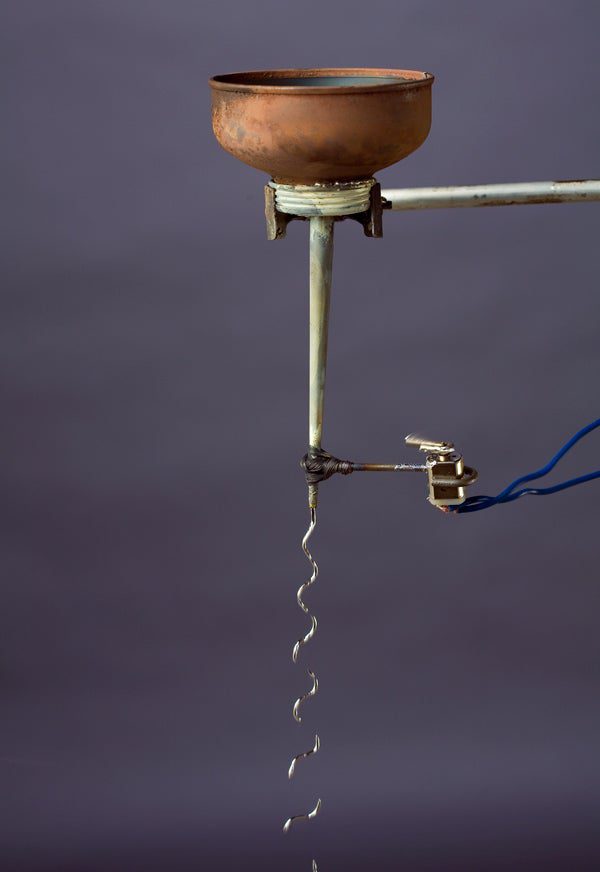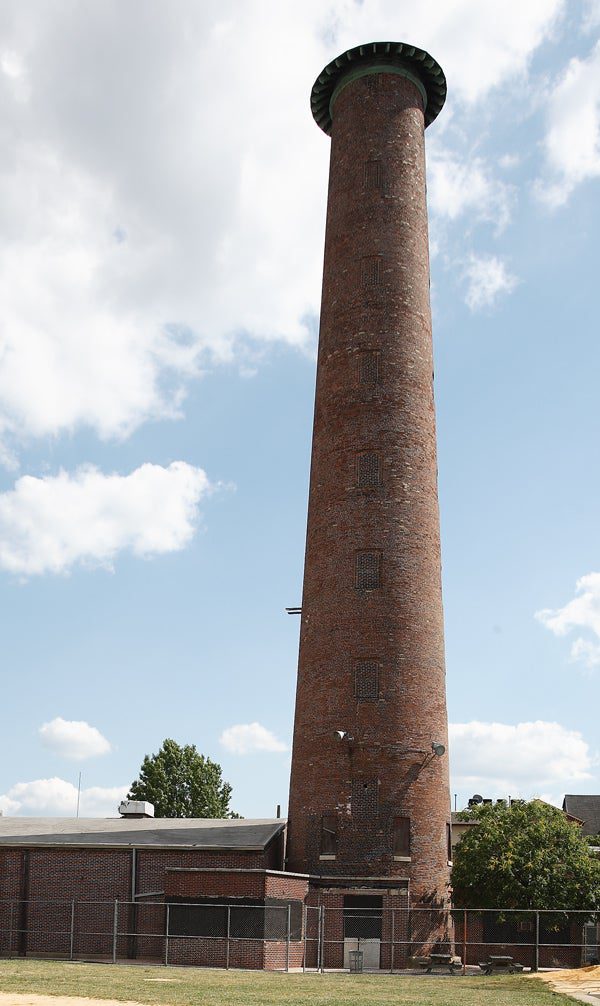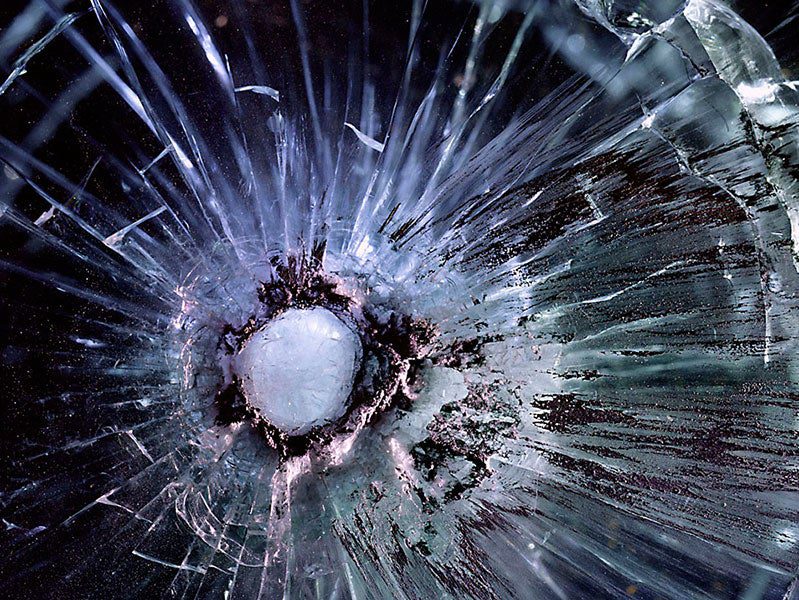About 230 years ago, molten lead that rained from the sky—historically something to avoid at all costs—became a clever new way to manufacture an important commodity: shotgun ammo.
Precisely round pellets fly straighter, but casting each in its own 1/8-inch mold isn’t exactly mass production. In space, making them would be easy. In zero gravity, surface tension pulls any liquid into a sphere, the shape with the least surface area for a given volume.
Achtung! Theodore Gray is a scientist trained in lab safety procedures. Do not attempt this experiment at home. For more information on Gray’s scientific pursuits, visit his website.
This is as true for molten metal as it is for drops of water floating inside the space shuttle. On Earth, the closest thing to zero gravity is freefall—falling objects experience weightlessness right up until they hit the ground.

Thus, the “shot tower,” first built in 1782 by English plumber William Watts. He added three stories onto his three-story home and cut holes through all six floors. Then he poured molten lead through a sieve at the top and let the drops fall into a pool of water. The water cushioned and further cooled the now-round balls so they wouldn’t deform on impact.

Replicating this is easy, except for the six-story height. I used my hydraulic lift to get about 40 feet up, but that wasn’t enough; the lead was still molten when it hit the water, and I didn’t get good pellets. (I decided not to climb to the top of my windmill with a pan of molten lead. Sorry, you’ll have to live without photos of perfect modern drop shot.)
This method isn’t used to make ammo anymore, but a modern variation lives on to create the pellets that provide light-emitting sodium in common sodium-vapor streetlamps. In place of the sieve, a vibrating nozzle causes a stream of sodium-mercury alloy to break into uniform drops. Just for fun, I built what Watts never thought of: a vibrating molten-lead nozzle. It gave me much more consistent shot (though I could still use those extra stories).
This story has been updated. It was originally featured in the September 2008 issue of Popular Science magazine.









